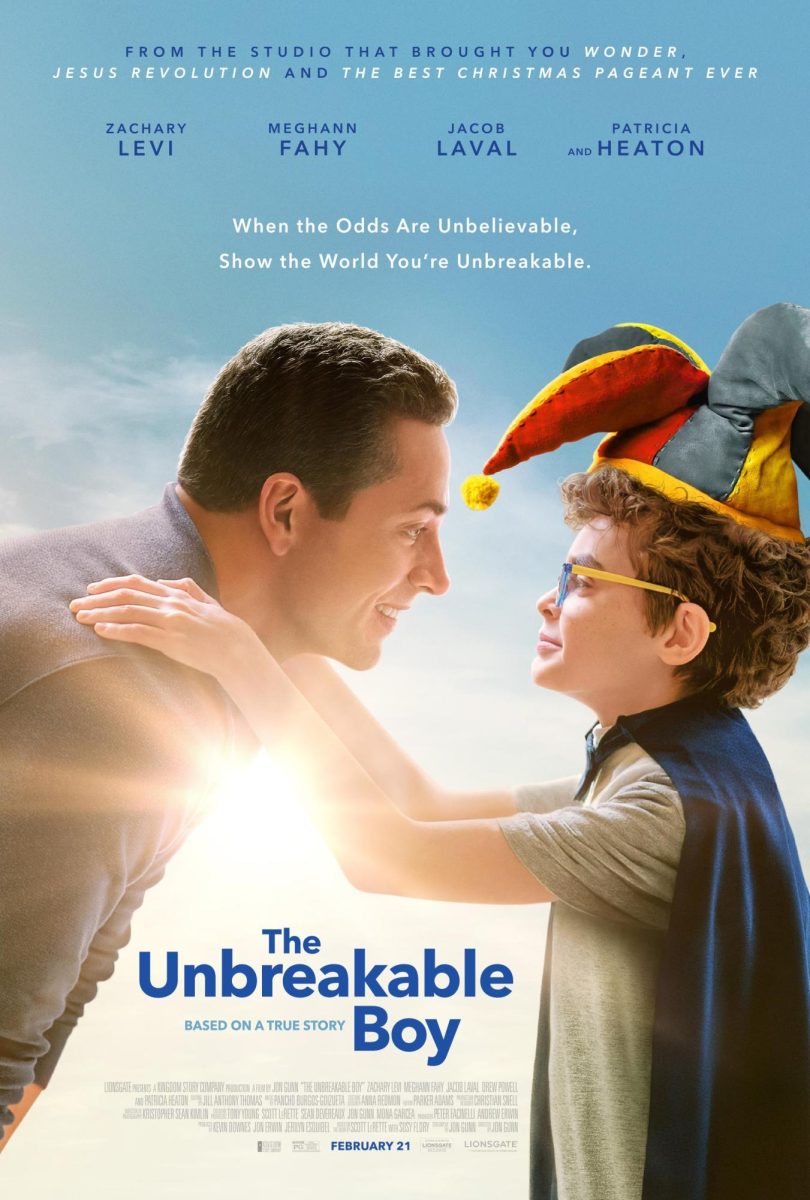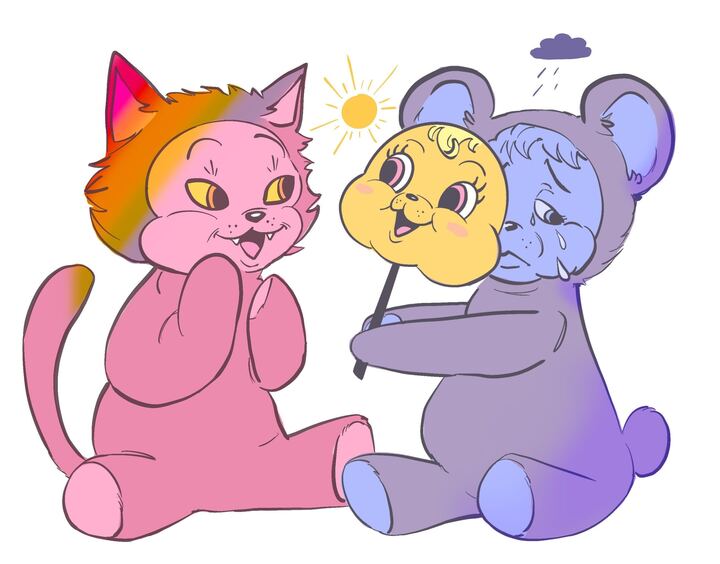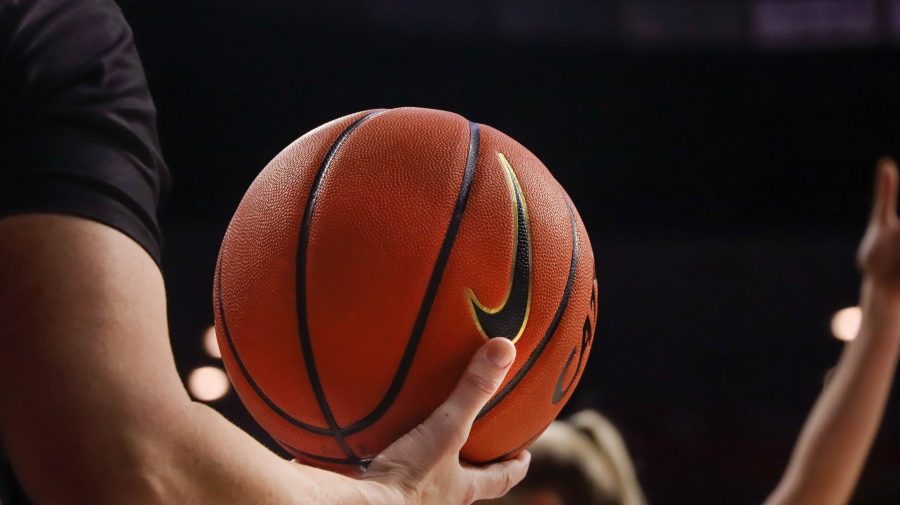We are now fully into the swing of basketball season, which of course results in happy, loud displays of school spirit. After all, Arizona’s ZonaZoo is ranked the loudest student section in the Pac-12 Conference. However, this school spirit comes with an unfortunate side effect: the riots that are often initiated over especially harrowing wins or frustrating losses.
Arizona’s loss in the Elite Eight last year provoked the arrest of 15 students for disorderly conduct and forced police to use force to disperse the crowds. The UA is not the only school to be affected: Recently, Ohio State University students set nearly 90 fires in the streets to “celebrate” their win against University of Oregon in the National Championship.
Sports riots often appear to be particularly pointless destruction of property; after all, the win or loss of a sports team isn’t cause to tear down goal posts or advance on police officers. However, they do present an especially interesting comparison given the other types of protests that have been occurring on college campuses recently, such as the “Black Lives Matter” riots and protests following the various grand jury decisions regarding the assault and apparent murders of black men by police.
For Tucson’s part, there were several relatively quiet protests. A march through downtown saw police presence but no confrontations; demonstrators in the Student Union Memorial Center were politely asked to leave, but encountered no animosity from authorities.
However, not all college towns saw the same level of peaceful demonstrations. Students and local citizens from the University of California, Berkeley protested the jury decisions for days on end; attacking businesses, blocking local interstates, and fighting with police officers, who were forced to use riot control tactics to contain the crowds.
From an objective standpoint, the sports riots on the UA campus and the “Black Lives Matter” riots on Berkeley’s campus are very similar: Both involve destruction of property that is seemingly unrelated to the riot’s cause, both involved violent confrontations with police and, most importantly, both received news coverage featuring primarily negative rhetoric.
It’s incredibly unfortunate, to say the least, that such a comparison can be made. After all, it’s difficult to justify the decision by sports fans to riot; the scenario is, almost by definition of a sporting event, fairly low-stakes.
Meanwhile, however, the grand jury decisions in the cases of Eric Garner and Michael Brown led to widespread discourse about police brutality and the unequal treatment of suspects by law enforcement. Or at least, they ought to have. Instead, riots in opposition to the court decision were lumped in with those causing generic damage for no reason, damaging the cause as a whole. The discourse was cheapened, misconceptions perpetuated and it ultimately backfired.
“You can try to educate people about how to have a peaceful march … and it only takes a few individuals to whip up the crowd to begin engaging in antisocial behavior,” said Johnny Bowens, a lecturer in Africana Studies. “Because of the nature of the programs, you can’t separate the two. … Some of the [national media outlets] went to get comment from only the individuals who were angry or frustrated and didn’t get the balanced viewpoint; we are here for a peaceful demonstration, but that didn’t receive the same kind of attention.”
It becomes important to then distinguish between a riot and a protest; at what point is it necessary to progress past the type of demonstration held in Tucson? It seems that, particularly for causes in the national spotlight, such a progression can only be construed as selfish on the part of the rioters.
“When Arizona lost [in the Elite Eight], it was just a few fans who began to engage in the antisocial behavior,” Bowens said. “In the same way, the violence protesting the Ferguson decision was only generated by a small portion of the group.”
Much like rioting fans can discredit a sports team, unnecessary violence, even in the name of a worthy cause, only detracts from the goals of the protest. While it is the responsibility of protest leaders to take steps to ensure everyone who participates in the activity will cooperate, it is also the duty of the national media to ensure balanced, unsensationalized reporting. Regardless of the stakes, the actions of a few should not affect the image of an entire cause.
_______________
Maddie Pickens is a ______. Follow her on Twitter.








